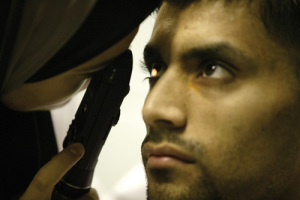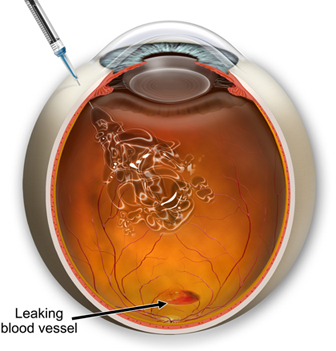A partially sighted 87-year-old who lied about his eyesight to keep his driving licence has been jailed after killing a pedestrian in a horror crash.
Peter Cole, of Abridge, Essex, hit Ambrose Skingle, 86, in Theydon Bois while driving his red Fiat.
Following the horrific crash, Cole was seen looking at his mobile phone with glasses and a magnifying glass.
At Chelmsford Crown Court yesterday, Judge Anthony Goldstaub QC jailed Cole for 18 months.

Sent down: Partially sighted pensioner Peter Cole was jailed at Chelmsford Crown Court (pictured) for killing a pedestrian in a crash after he lied about his eyesight to keep his driving licence
He told him: 'You were visually handicapped and its clear you should not have been driving but took the risk.'
Mr Skingle suffered a broken back in the accident on January 17 and died at Princess Alexandra Hospital, Harlow, less than a month later.
Prosecutor, Richard Stevens, said that, although it played no part in the crash, Cole also drove with a concrete block in the driver’s footwell to help him control the pedals.
He said: 'Mr Skingle was crossing the road after going shopping in Tesco’s having looked both ways before setting off and before crossing the middle white line.
'Cole was driving at not less than 25mph and he braked before there was a collision at a speed of 8.5mph. His reaction time was 1.5 to 5 seconds.
'A block of concrete 8-10 inches was in the driver’s footwell - viewed as dangerous - although there is no suggestion it played any part in the accident.

'Should not have been driving': Judge Anthony Goldstaub (pictured) jailed Cole for 18 months and banned him from driving for six years
'However, afterwards the defendant could be seen using a magnifying glass to look at his mobile phone very close to his face while wearing glasses.
'A Specsavers official said that in June 2009 he had received ‘strong advice not to drive any more.’ In September the following year he told her he did not drive. He suffered cataracts in both eyes.
'He was found to have applied for a driving licence in 2004, 2007 and 2010 stating he had no relevant medical condition and was able to read number plates.
'After he was arrested, he was only able to read a number plate from seven and three quarter metres - less than half permitted distance.
'Mr Skingle died from bronchial pneumonia and a fractured spine and was described as "fit and healthy for his age" .When interviewed, Cole said: "I’m like a man in the desert who needs a camel to get from A to B."
Graham Brown, mitigating, said: 'Obviously this fatal accident has brought about the premature death of Mr Skingle who has left a family in grief. One could not fail to be moved by his daughter’s statement.
'Mr Cole is truly remorseful after what he’s done - he said he would have been better not to have survived his heart attack in December 2011. He told his daughter after the accident.'
However, Mr Brown added that if Cole had reacted two tenths of a second earlier the accident would have been avoided.
He said that Cole had declined an operation for cataracts after receiving a 'negative assessment of success' but has since successfully undergone surgery for them after receiving 'different advice'.
Mr Brown added: 'It was the wrong decision to make. He decided if he didn’t use the car he would be isolated.'
Before sentencing yesterday, Cole had pleaded guilty to causing the death by dangerous driving.
The judge, who also banned Cole from driving for six years said that in passing sentence he had born in mind the impact of prison on some-one of Cole’s age.
Judge Goldstaub commented as he passed sentence that both men served in the forces during World War Two - Cole in the RAF and Mr Skingle in the Navy - and both went on to have technical jobs. Both, he said, were 'quiet, decent men with close families'.
Read more: http://www.dailymail.co.uk/news/article-2237186/Partially-sighted-87-year-old-jailed-killing-pensioner-horror-crash-lying-poor-eyesight-driving-licence.html#ixzz2DQkZpGE9
Follow us: @MailOnline on Twitter | DailyMail on Facebook


 Details of how the first-ever public health indicator for preventable sight loss will be measured were released this week and have been welcomed by the eye sector.
Details of how the first-ever public health indicator for preventable sight loss will be measured were released this week and have been welcomed by the eye sector. 


.jpg)



